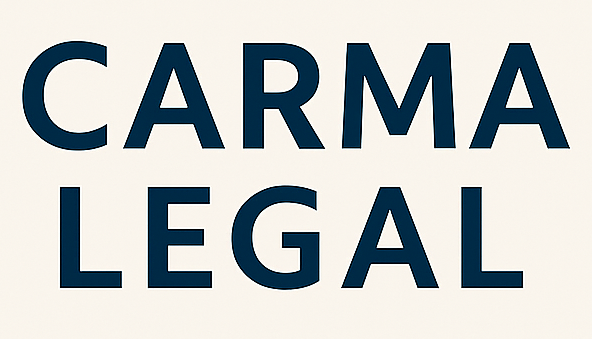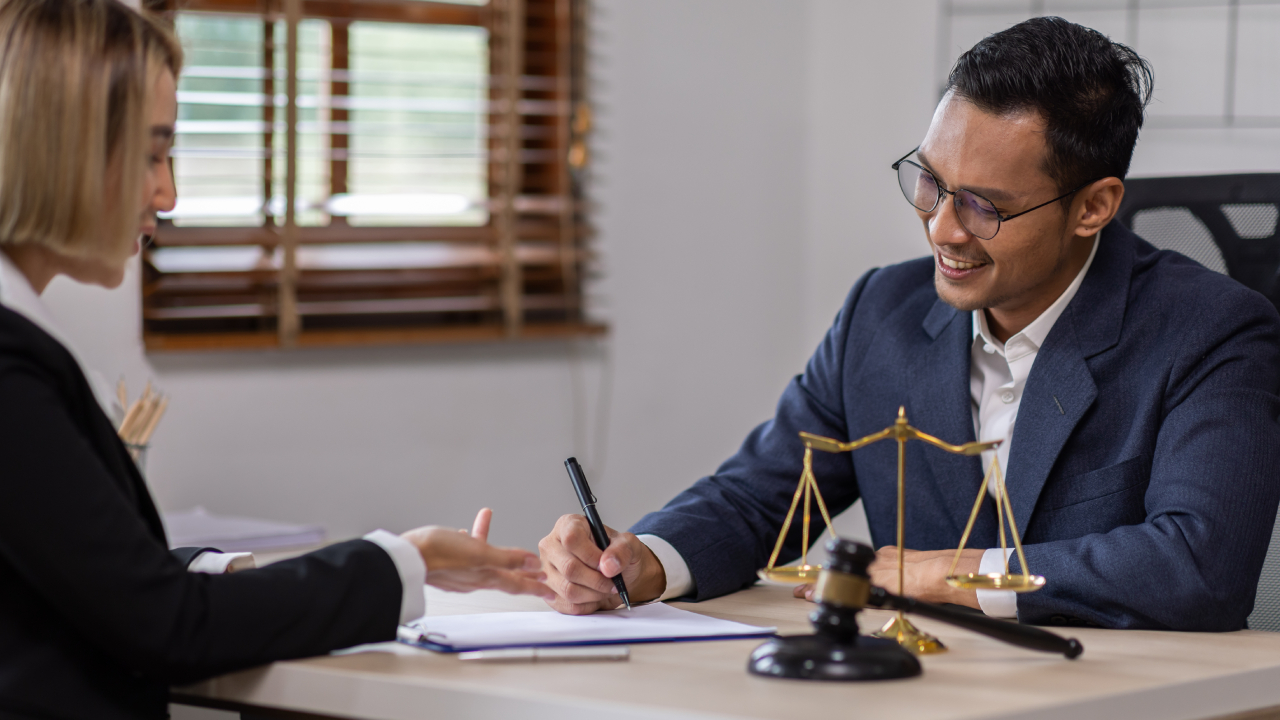When you’re hurt in a slip and fall accident on someone else’s property, you face medical bills, missed work, and emotional stress. Working with a slip and fall lawyer can help you navigate premises liability rules, gather critical evidence, and negotiate with insurers so you maximize the compensation you deserve. In this article, you’ll learn how legal expertise turns complex regulations and insurance tactics into a clear path forward, empowering you to focus on your recovery.
Understanding premises liability
Premises liability holds property owners and occupiers responsible when unsafe conditions cause injuries. To establish a claim, you must show that the owner owed you a duty of care, breached that duty, and directly caused your harm.
Duty of care
Property owners must maintain a safe environment for invited guests, customers, tenants, and sometimes even trespassers under limited circumstances. A grocery store owes you a duty to clean spills promptly, while an apartment complex must fix broken stairs without undue delay.
Proving negligence
Your lawyer will gather evidence to prove:
- The hazard existed long enough that the owner knew or should have known about it
- The owner failed to remedy or warn about the dangerous condition
- You were injured because of that condition
Statute of limitations
Each state sets a deadline for filing a premises liability lawsuit. For instance, California gives you two years (CCP § 335.1), while Florida allows four years (Fla. Stat. § 95.11). Missing this window can cost you your right to compensation, so prompt action is crucial.
Common accident scenarios
Slip and fall accidents happen virtually anywhere. Recognizing where they occur can help your lawyer build a stronger case.
- Retail stores: wet floors, loose tiles or cluttered aisles [1]
- Restaurants: spilled drinks, uneven entryways [2]
- Workplaces: oil spills, unsecured cables [3]
- Apartments: broken handrails, torn carpeting [4]
- Hotels: slick pool decks, poorly lit corridors [5]
- Shopping malls: shiny floors, escalator gaps [6]
- Nursing homes: wet floors, cluttered walkways [7]
- Outdoor hazards: uneven sidewalks [8], slippery ice patches [9]
- Structural failures: broken stairs [10], loose floorboards
Understanding the environment helps your lawyer anticipate defenses, such as claims that you were “careless.”
Role of your lawyer
An experienced attorney turns legal complexity into actionable steps, guiding you from intake to resolution.
Investigating your accident
Your lawyer will:
- Visit the scene to document hazards
- Collect surveillance footage or maintenance logs
- Interview witnesses promptly
Evaluating liability
By examining ownership records, inspection reports, and repair histories, your attorney determines who is at fault—be it a property owner, property manager, or third-party contractor.
Communicating with insurers
Insurance adjusters aim to minimize payouts. Your lawyer handles all communications, ensuring that you share only the necessary information while protecting your rights.
Representing in court
If negotiations stall, your attorney drafts a complaint, files suit, and takes your case through discovery, depositions, mediation, and trial, always focused on maximizing your claim.
Gathering key evidence
Strong documentation creates leverage during settlement talks or trial.
- Photographs and video of the hazard and your injuries
- Surveillance footage showing the hazard and your fall
- Photocopies of incident reports filed with store or property management
- Witness statements identifying conditions and timing
- Medical records, bills, and doctor’s notes
- Pay stubs or tax returns to prove lost wages
- Maintenance and inspection logs from the property owner
Collecting this evidence quickly preserves credibility. Your attorney knows exactly what to request and how to catalog it effectively.
Calculating your damages
Your total recovery reflects both economic and non-economic losses.
| Damage type | Examples | Typical payout range [11] |
|---|---|---|
| Economic damages | Medical bills, therapy, assistive devices | $10,000–$50,000+ |
| Lost wages and benefits | Missed salary, diminished earning capacity | Varies by profession, length of recovery |
| Pain and suffering | Physical pain, emotional distress | Tied to injury severity and impact |
| Loss of consortium | Spousal companionship and support | Case-specific |
According to the CDC, slip and fall accidents account for over 800,000 hospitalizations each year, and one in five falls among older adults leads to serious injury [12]. Your lawyer factors in long-term care needs and life changes when valuing your claim.
Negotiating your settlement
A strategic approach often yields the highest payoff without trial.
Crafting a demand letter
Your lawyer assembles a detailed package that includes:
- A factual narrative of the incident
- Supporting evidence and expert opinions
- A precise calculation of damages
Negotiating with insurers
Armed with documentation, your attorney pushes back on lowball offers, using demand letters, formal mediation, or private settlement conferences to maximize your award.
Mediation and arbitration
If direct talks falter, mediation can resolve disputes before a costly trial, while arbitration may bind both sides to an impartial decision.
Managing the timeline
Deadlines and procedural requirements play a critical role in your case.
Statute of limitations by state
Most states allow two to four years to file a lawsuit, but some only give you one year. Check local rules early to avoid forfeiting your rights.
Notice requirements for government claims
If your accident occurred on public property, you may need to file a notice of claim within weeks of the incident, not years.
Tolling for minors
If a child suffers injury, the statute of limitations often pauses until they reach the age of majority.
Contingency fee advantages
Working on a contingency basis means:
- No upfront attorney fees
- Your lawyer only gets paid if you win
- Alignment of interests—your attorney is motivated to maximize your recovery
This arrangement reduces financial stress, letting you pursue justice without out-of-pocket costs.
Choosing your attorney
Selecting the right advocate shapes your entire experience and outcome.
Look for specialization
Seek a premises liability lawyer or slip trip and fall lawyer with a proven track record in similar cases.
Schedule a consultation
Most attorneys offer free, no-obligation meetings. Prepare questions about their success rate, fee structure, and case strategy.
Review fee agreements
Ensure you understand your lawyer’s percentage, any additional costs, and how those expenses are handled if your case closes early.
Frequently asked questions
How much does it cost to hire a lawyer?
On contingency, you pay only if you recover compensation, usually a percentage of your award.
How long will my case take?
Most claims settle within 6–18 months, depending on complexity, negotiations, and court schedules.
Can I handle my case alone?
Representing yourself puts you at a distinct disadvantage. An attorney understands evidence rules, liability standards, and negotiation tactics that protect your interests [13].
What if I share details online?
Avoid posting about your case on social media—insurers use those posts to undermine your claim.
Taking next steps
If you’ve been injured on unsafe property, don’t let deadlines or insurance tactics jeopardize your recovery. Contact an experienced slip and fall settlement lawyer or premises injury lawyer today for a free consultation. With expert guidance on premises liability, duty of care, and damage valuation, you can focus on healing while your attorney pursues the full compensation you deserve.
References
- (grocery store slip and fall lawyer)
- (restaurant slip and fall attorney)
- (workplace slip and fall lawyer)
- (apartment slip and fall lawyer)
- (hotel slip and fall attorney)
- (shopping mall accident lawyer)
- (nursing home fall injury lawyer)
- (uneven sidewalk injury lawyer)
- (slip and fall on ice lawyer)
- (broken stair accident attorney)
- (Novian Law)
- (Ben Crump Law)
- (Ben Crump Law)








